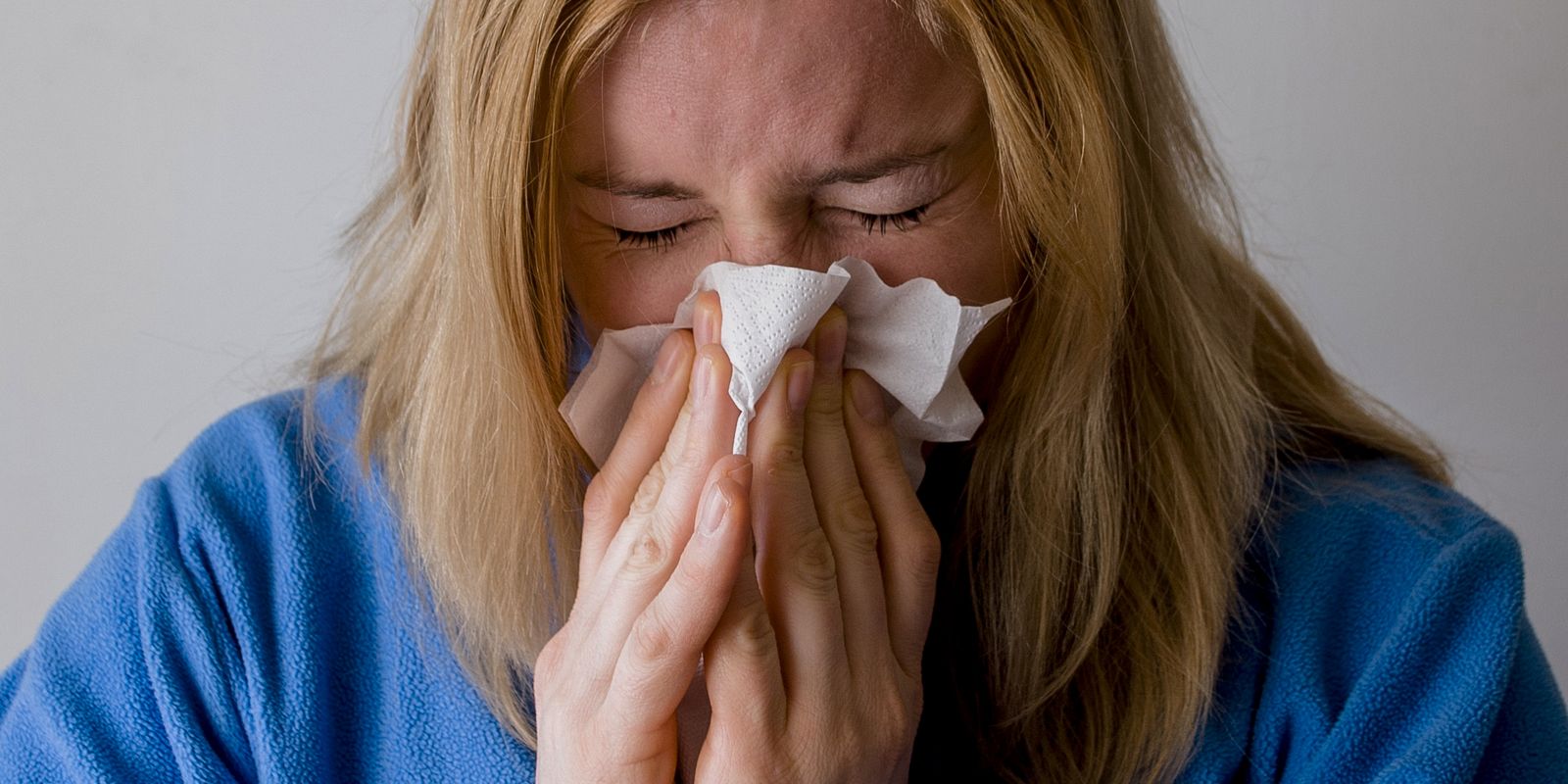First detected in the Netherlands in 2001, the human metapneumovirus (hMPV) is responsible for a recent outbreak of respiratory infections recorded in China over the past few weeks. It is one of several viruses that cause upper respiratory tract infections, popularly known as the common cold. Most of the time, hMPV makes patients mildly ill, but in some cases, especially among children and the elderly, the condition can be quite severe.
According to the World Health Organization (WHO), human metapneumovirus belongs to the same family as respiratory syncytial virus (RSV), one of the main infections associated with bronchiolitis, especially among newborns and young children. Both spread through infected respiratory particles that spread through the air, passing from one sick person to others. This means that it is possible to catch the virus when you are close to a patient or sharing an enclosed space with them.
Last week, the Ministry of Health reported that it is “closely” monitoring the outbreak of human metapneumovirus in China. According to the ministry, the virus is responsible for a series of respiratory infections identified in the country, especially among children.
“To date, there is no international alert issued by the World Health Organization, but Brazilian epidemiological surveillance is in constant communication with health authorities from the WHO and several countries, including China, to monitor the situation and exchange relevant information,” he said. the ministry.
Check out the main questions and answers about the human metapneumovirus, according to information released by the WHO.
What is hMPV?
Human metapneumovirus is one of the viruses that causes the common cold (upper respiratory tract infection). It usually makes people only mildly sick, but it can also make some people very sick. The virus belongs to the Pneumoviridae virus family, along with respiratory syncytial virus (RSV). It was first identified in 2001 and has been spreading among people for many decades. Currently, it can be found all over the world.
How does the virus spread?
Only a few countries monitor and report data on hMPV. Therefore, there is no complete understanding of how it spreads in all regions and in all climates. Studies show that in temperate regions, hMPV spreads mainly in late winter and spring, along with other common respiratory viruses such as seasonal flu and RSV. However, hMPV continues to spread at other times, making people sick throughout the year.
What are the common signs and symptoms?
Generally, people infected with hMPV experience cold or flu-like symptoms, including cough, fever, sore throat, runny or stuffy nose, body aches, and headache. The virus can make some people very sick, causing lung infection (pneumonia) or inflammation of the airways (bronchiolitis and bronchitis). The most serious symptoms include wheezing, difficulty breathing, chest pain, dizziness, intense fatigue, dehydration or persistent fever that does not improve even with the use of medication. The WHO’s guidance is that, if the patient presents any of the symptoms listed as serious, seek medical advice.
Who is most at risk?
Human metapneumovirus is a common cause of upper respiratory infections among infants and children under 5 years of age. Although anyone can contract hMPV, infants, older adults and people with health problems such as immunosuppression, chronic obstructive pulmonary disease (COPD) and asthma are at greater risk of developing serious conditions. According to the WHO, additional care must be taken to protect so-called risk groups and also healthcare professionals against any type of respiratory infection.
How to protect yourself against the virus? Is there a vaccine available?
Prevention against hMPV infection is carried out in a similar way to the prevention of other respiratory diseases, through actions such as:
– wear a mask in crowded or poorly ventilated spaces;
– improve ventilation whenever possible (for example, opening windows to increase air flow);
– wash your hands regularly, with soap and water or an alcohol-based hand rub;
– avoid touching your eyes, nose or mouth without first cleaning your hands.
Maintaining a strong immune system, according to the WHO, can also help prevent infections. This is possible through a balanced diet, regular physical exercise and good quality sleep.
Furthermore, when someone is sick, they can prevent other people from getting sick by taking the following precautions:
– stay at home while you are feeling unwell;
– cover your nose and mouth with a tissue or your elbow when coughing or sneezing;
– wear a face mask when you are around other people;
– improve environmental ventilation, especially in shared spaces;
– regularly wash your hands and disinfect frequently touched surfaces.
There is currently no vaccine licensed for use against hMPV.
How does hMPV treatment work?
Because it is one of the many viruses that cause the common cold, people can treat symptoms through the use of over-the-counter medications, including medicines for pain, fever, stuffy nose, and cough. Furthermore, it is recommended to get plenty of rest and stay hydrated. There is currently no antiviral medication approved to specifically combat hMPV infection. The condition of most patients improves within a few days. If symptoms worsen, the advice is to contact your doctor, and people who are at higher risk should consult a doctor even if the symptoms are not very serious. In a small number of cases, when people need to be hospitalized, doctors may need to use oxygen to aid recovery.
Is there any test capable of identifying the presence of hMPV?
The PCR-type test is classified by the WHO as the most reliable way to diagnose hMPV, providing accurate results within a few hours. However, doctors may not suggest testing for people with cold or flu symptoms, since there is no specific treatment for hMPV infection and since, in most cases, the disease is mild.
How to differentiate the different types of respiratory infections, including covid-19, flu, RSV and hMPV?
The WHO considers the task of distinguishing the different respiratory diseases that currently exist to be difficult, as most present similar symptoms, such as fever, cough, runny nose and congestion. However, the treatment for each of them may be different, especially when the infection involves people who are very ill or whose condition may worsen. Covid-19 and influenza, for example, have specific antiviral treatment options. Doctors may use diagnostic tests to identify the cause of the infection before deciding on what treatment to recommend.

















